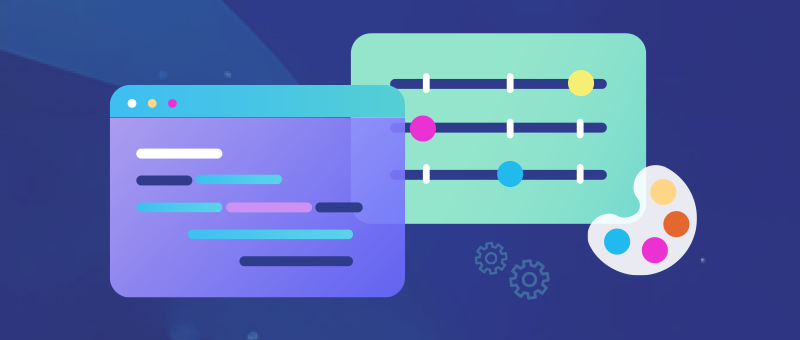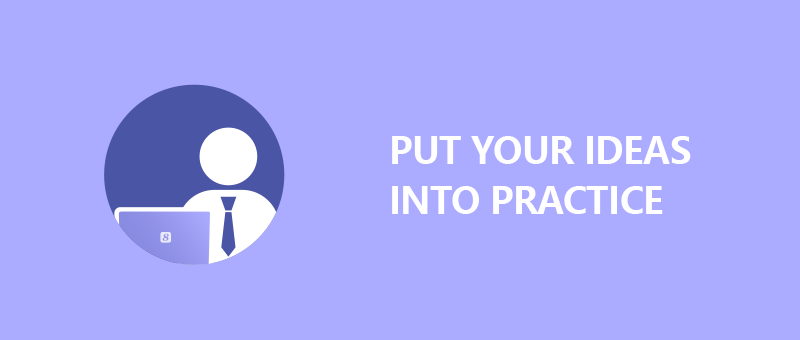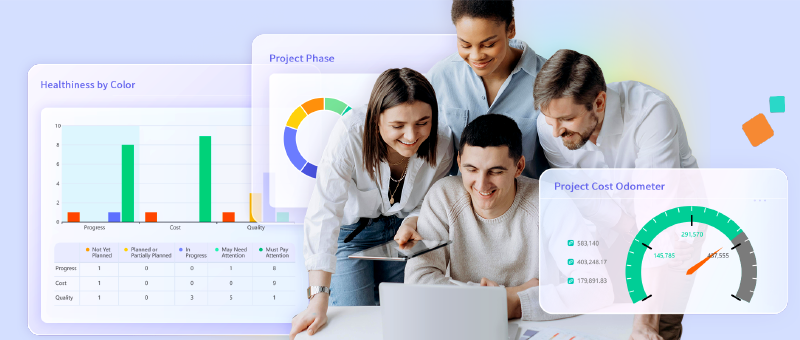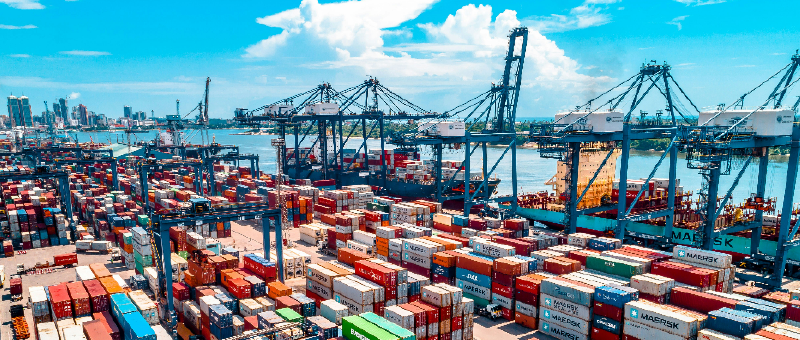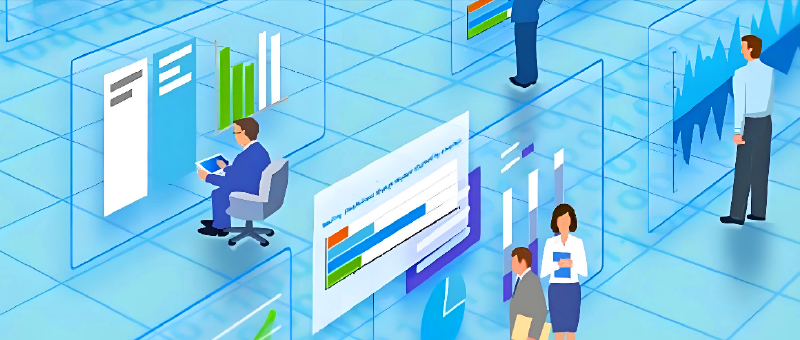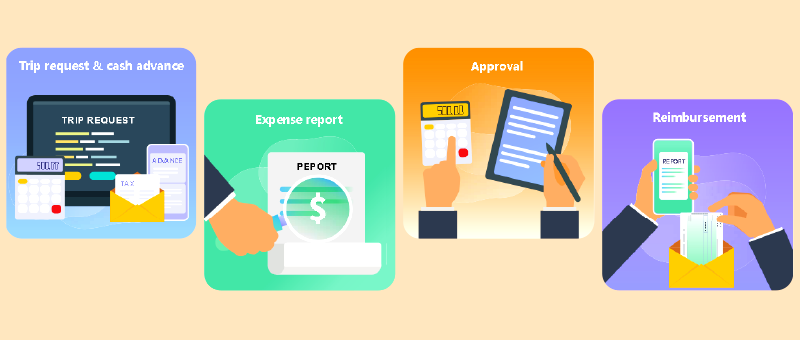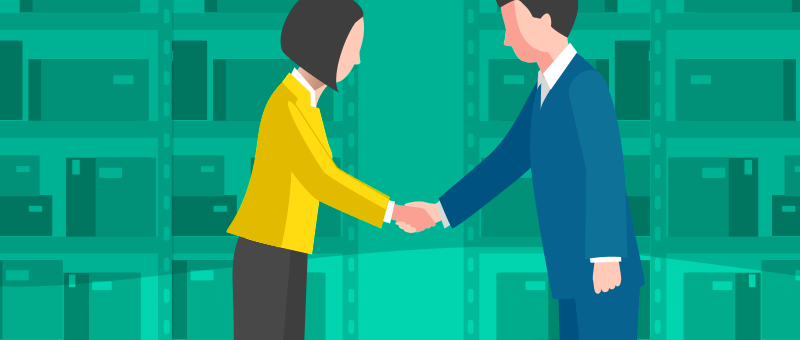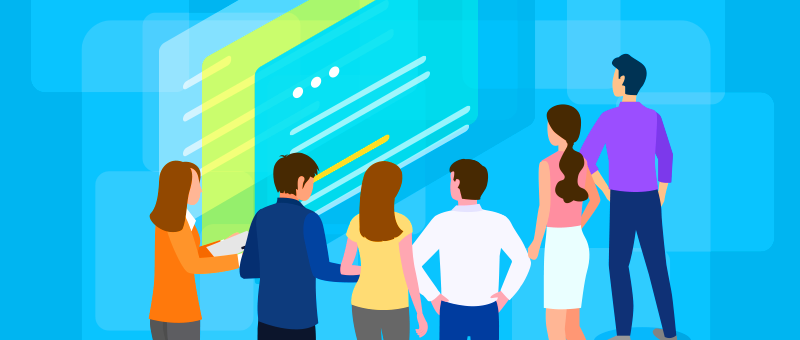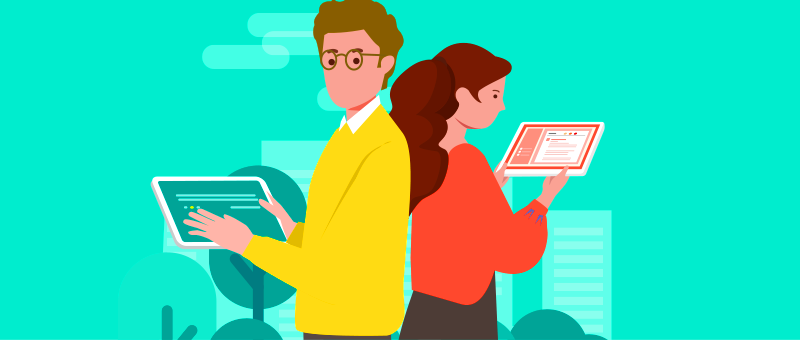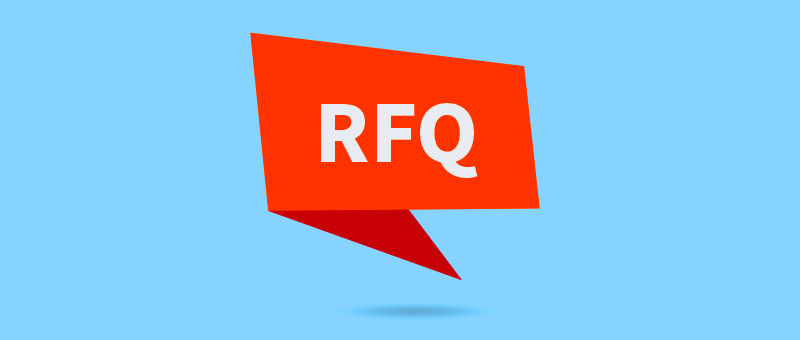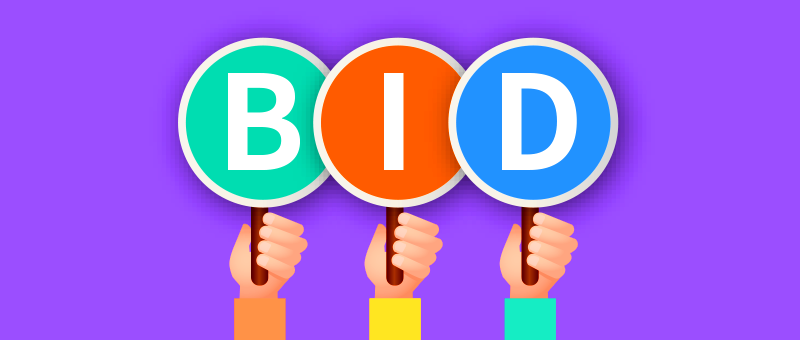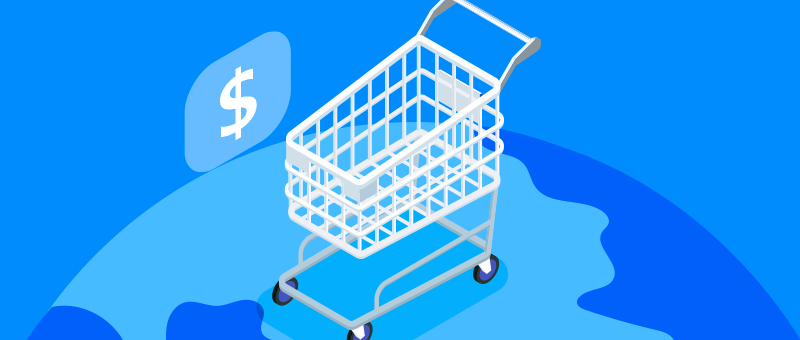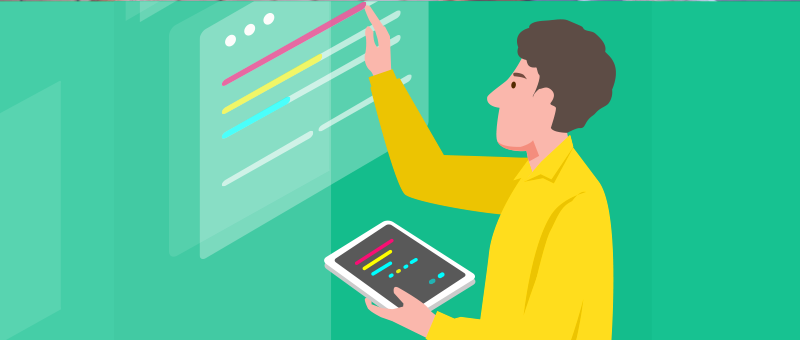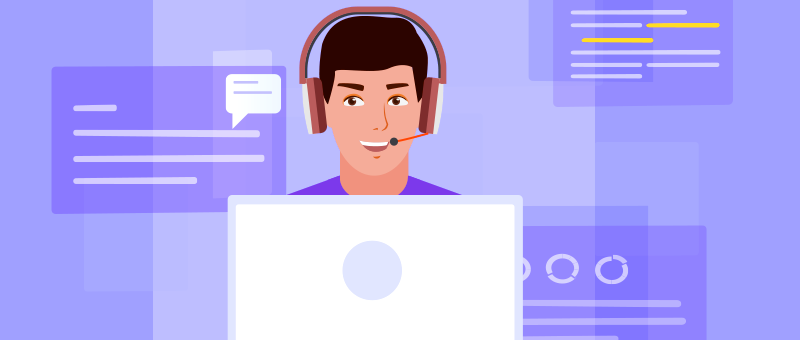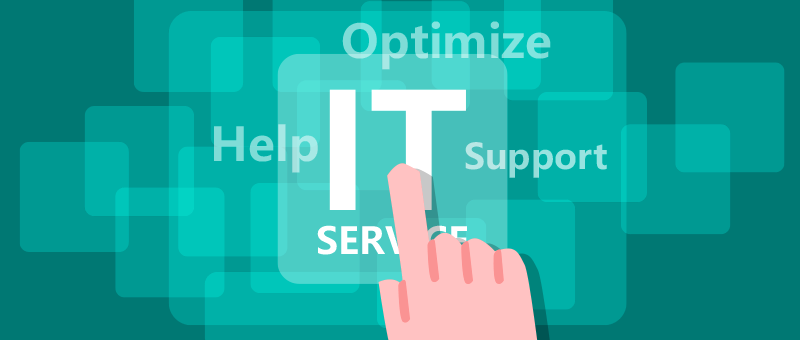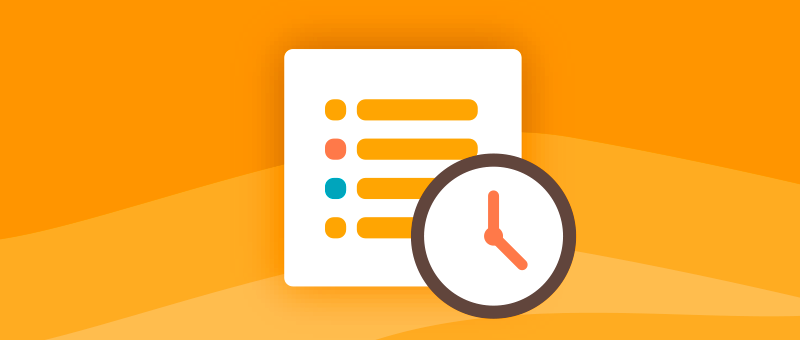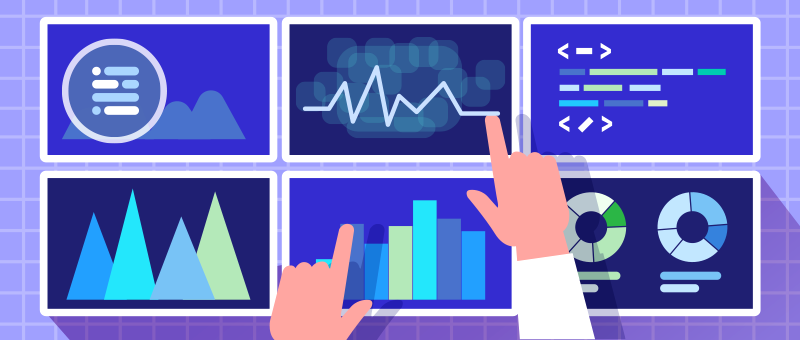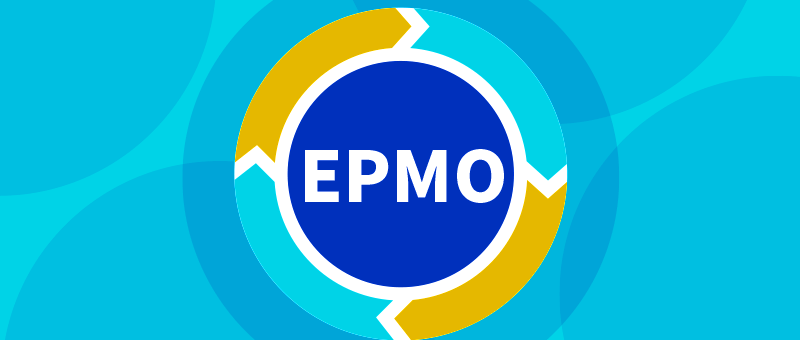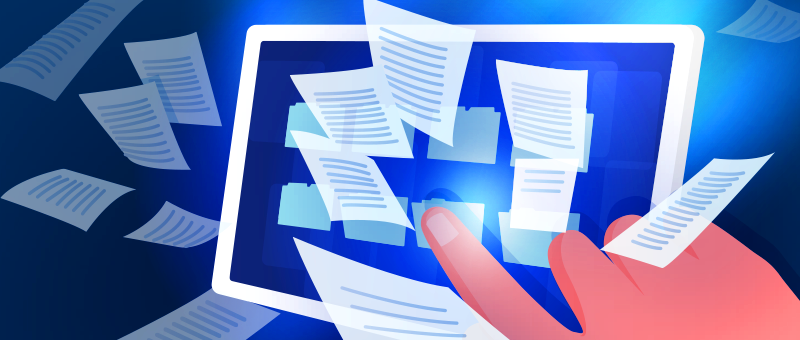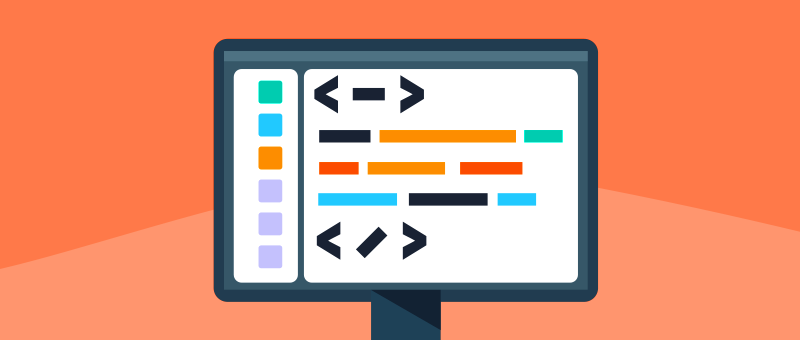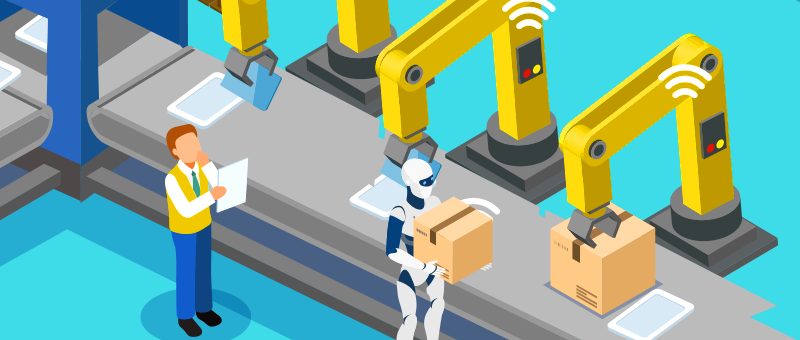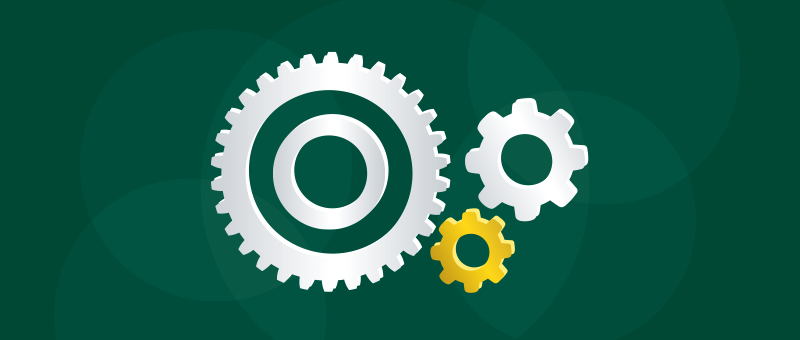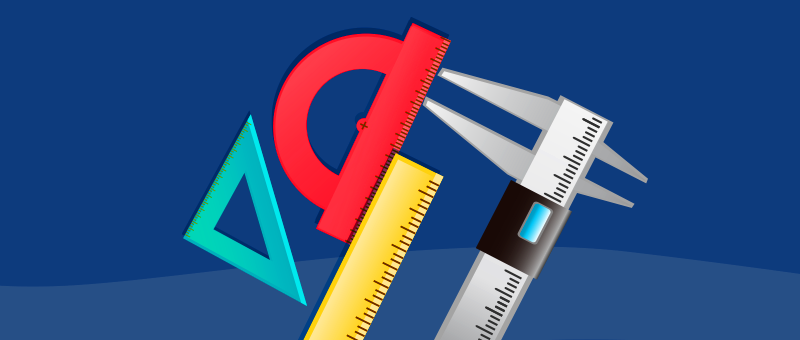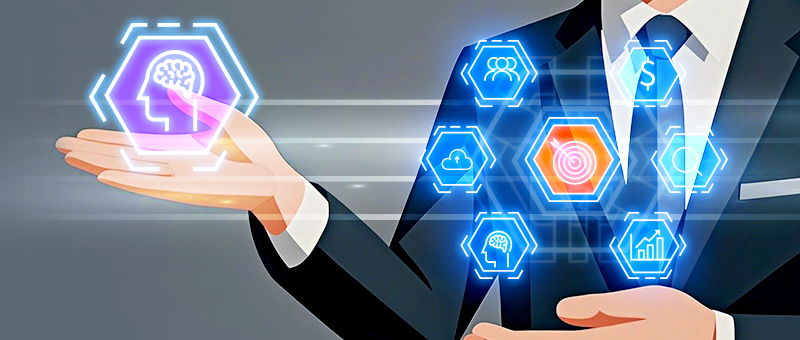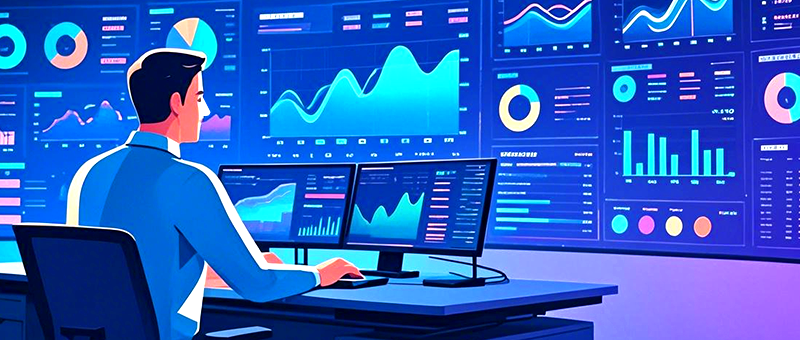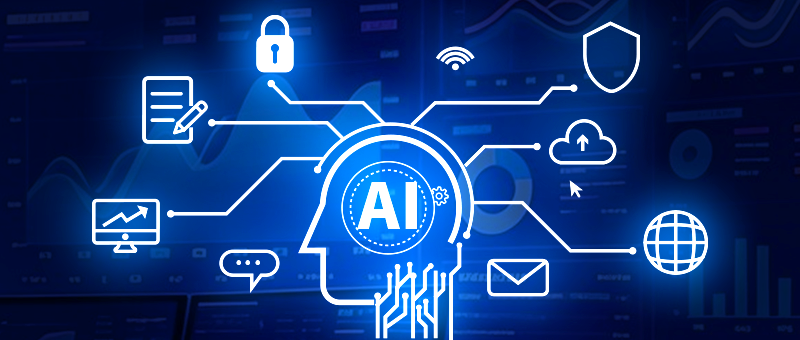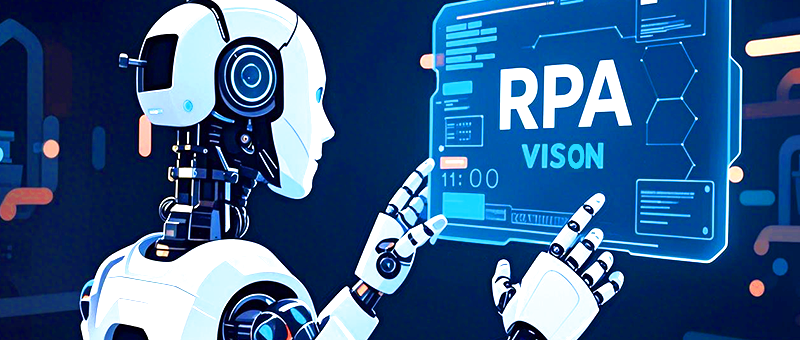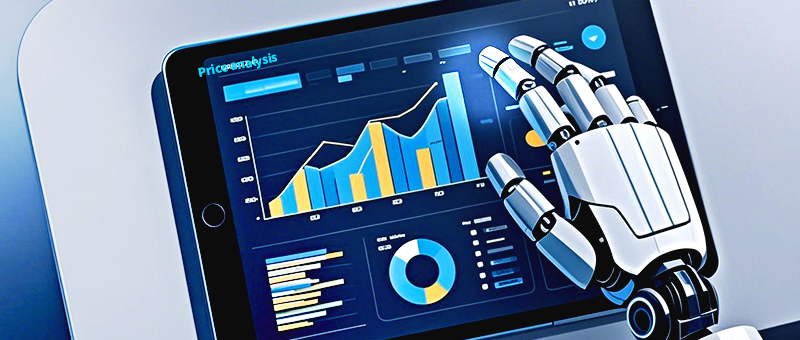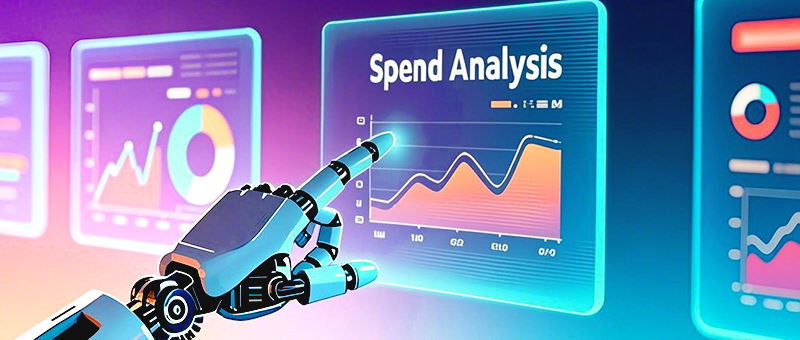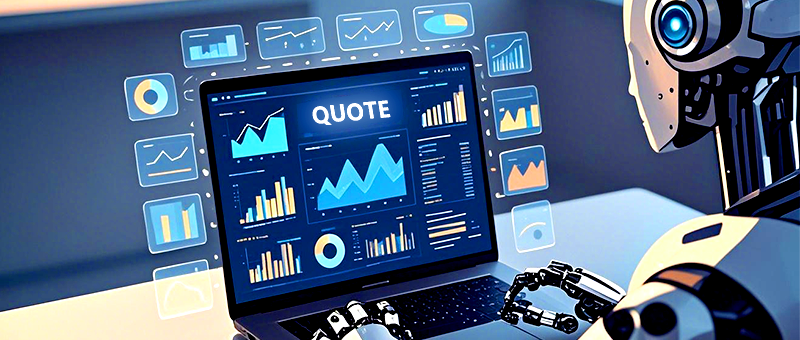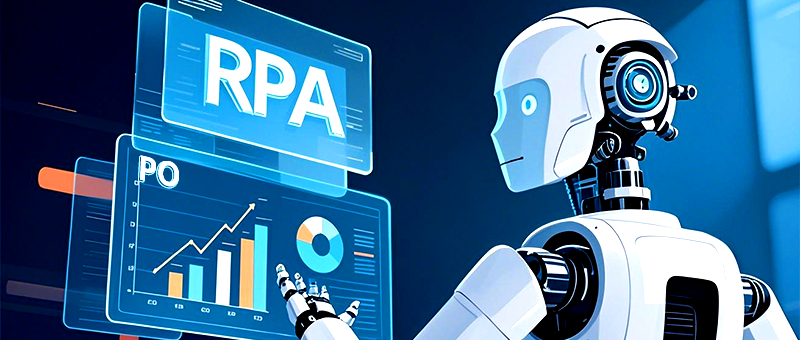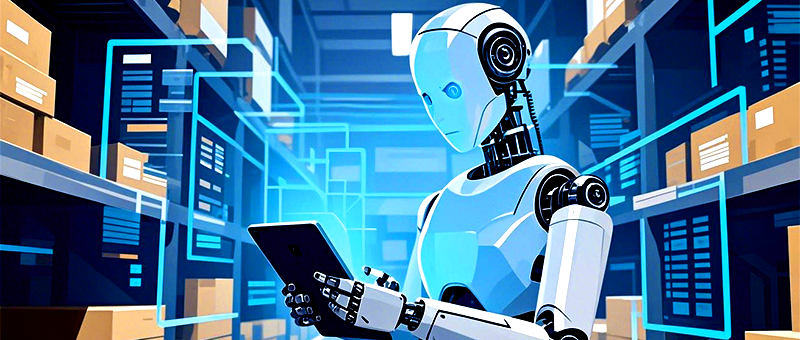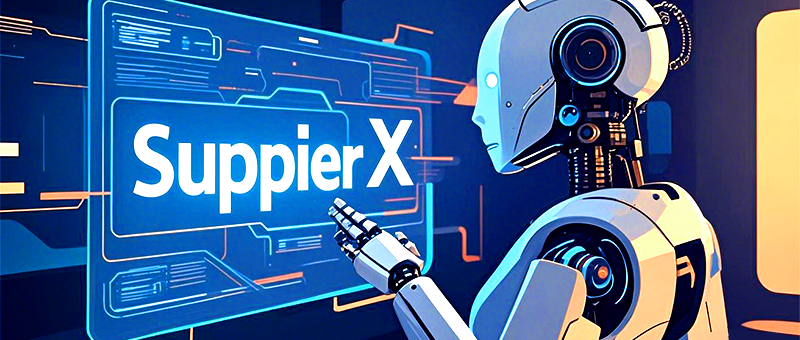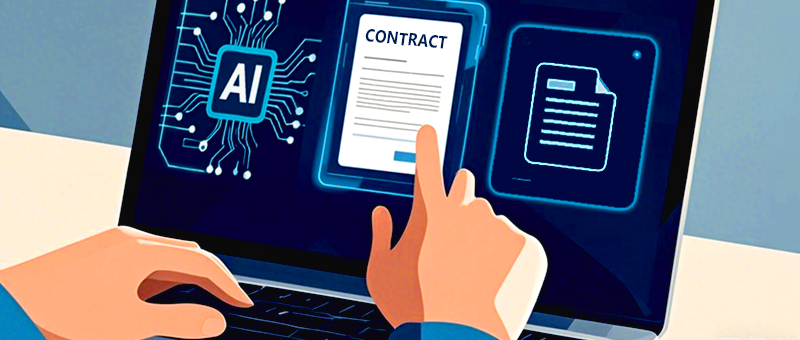What is e-Procurement?
2024-10-23
E-Procurement refers to the process by which enterprises execute procurement processes through Internet platforms and technologies, thus realizing the electronization and automation of procurement processes. E-Procurement is not simply an online transaction, but rather a set of digital tools and systems that optimize every aspect of procurement. With the acceleration of digital transformation, e-Procurement is becoming a crucial means for enterprises to manage supply chains, reduce costs, and improve efficiency.
1. What is e-Procurement?
E-Procurement is a process of electronizing procurement activities in supply chain management by using information technology means. It usually includes supplier search, inquiry, tendering, contract management, order generation, and payment, etc. Through an e-Procurement platform, enterprises can directly interact with suppliers online and complete various operations required for procurement. This process no longer depends on traditional paper documents and offline communication, greatly simplifying the procurement process and enhancing the transparency of information.The e-Procurement system provides enterprises with more efficient procurement means, enabling them to make wiser procurement decisions in a shorter period of time. This technology is applicable not only to large enterprises but also of great help to small and medium-sized enterprises in terms of cost control and efficiency improvement.
2. The Main Features of E-Procurement
(1) High Efficiency and Transparency
E-Procurement makes all procurement processes online, breaking the traditional lengthy process. Supplier quotations, contract signing, order issuance, etc. can all be completed through the system, and enterprises can grasp the procurement progress in real time. In addition, the e-Procurement platform records every transaction link, making procurement activities more transparent and reducing irregularities in human operations.
(2) Cost Savings
Through the e-Procurement system, enterprises can better control costs. Firstly, enterprises can easily compare the quotations of multiple suppliers online and find the most cost-effective supplier. Secondly, the automated process reduces the cost of manual management and avoids the cumbersome steps and errors in traditional procurement. Additionally, e-Procurement can further save expenses in details by reducing paper documents and postage.
(3) Data Integration and Analysis
The e-Procurement platform is not only a tool for transactions but also an important data source. Enterprises can collect and analyze procurement behavior data through the system to help decision-makers understand procurement habits, identify the reasons for cost increases, and find the weak links in the supply chain. Big data analysis can also help enterprises predict future procurement requirements and optimize inventory management, thus avoiding inventory backlogs or shortages caused by improper procurement plans.
(4) Global Procurement
The e-Procoprourement platform breaks geographical restrictions, enabling enterprises to easily cooperate with global suppliers and conduct cross-border procurement. This global procurement model provides enterprises with more options and increases the competition among suppliers, helping enterprises obtain more competitive quotations.
(5) Compliance and Risk Management
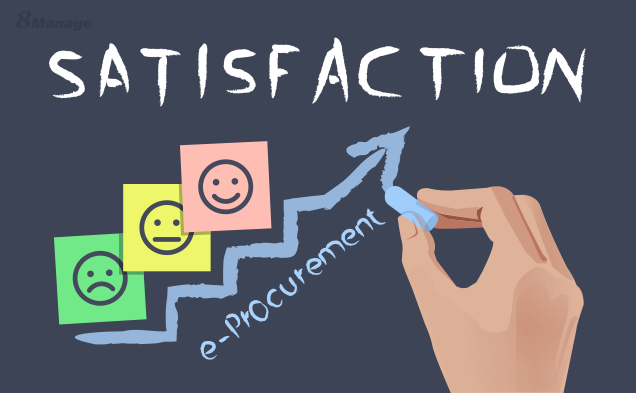
3. The Main Processes of E-Procurement
(1) Demand Identification and Approval
The first step of e-Procurement is demand identification. Each department within an enterprise will submit procurement requirements through the system, including the detailed specifications and quantities of the required materials. This process usually requires the approval of the upper management layer. Through the automated approval process of the system, the delays that may occur in traditional offline approvals are reduced.
(2) Supplier Selection and Inquiry
In the supplier selection stage, the e-Procurement system will recommend suppliers that meet the requirements according to the supplier database established by the enterprise before. At the same time, the enterprise can initiate an inquiry sheet through the system and quickly obtain the quotations of different suppliers. The system can also evaluate the performance of suppliers based on historical data to help the enterprise make the best choice.
(3) Tendering and Contract Management
For large procurement projects, an enterprise can initiate a tendering activity through the e-Procurement system. The system will automatically publish tender information, collect supplier tender documents, and compare and analyze various quotations. After the tendering is completed, the enterprise can sign a contract with the winning supplier online, and all contract terms and files will be saved in the system for convenient subsequent reference and management.
(4) Order Generation and Execution
Once the contract is signed, the enterprise can generate a procurement order through the system and send it to the supplier. The supplier will receive the order information and produce and deliver the goods according to the order requirements. The enterprise can monitor the execution of the order through the e-Procurement system in real time, including the shipping time, transport state, etc.
(5) Payment and Invoice Management
4. The Trends of E-Procurement
(1) Intelligent Procurement
With the progress of artificial intelligence and big data technologies, e-Procurement will become more and more intelligent. Future e-Procurement systems may automatically recommend the optimal supplier and even adjust the procurement plan automatically according to historical data and market trends. Through machine learning technology, the system can predict potential risks in the supply chain and help enterprises take measures in advance.
(2) Application of Blockchain Technology
The introduction of blockchain technology is expected to further enhance the transparency and security of e-Procurement. Through blockchain, enterprises can ensure the authenticity and non-tampering of each transaction link, thus increasing the trust in the supply chain.
(3) Mobile Procurement

5. Related Questions and Answers (FAQs)
(1) What are the advantages of e-Procurement compared to traditional procurement?
The main advantages of e-Procurement include increased efficiency, reduced costs, and enhanced transparency. Traditional procurement usually requires human operations in multiple links, while e-Procurement realizes the digitalization and paperless of procurement through system automated processes. Enterprises can quickly obtain supplier quotations, monitor the execution of orders in real time, reduce human errors, and at the same as, enhance the compliance and audit traceability of procurement.
(2) What kinds of enterprises is e-Procurement applicable to?
E-Procurement is applicable to all kinds of enterprises, regardless of size. Large enterprises usually optimize complex supply chain processes through e-Procurement, while small and medium-sized enterprises can also simplify procurement procedures and save costs by using an e-Procurement platform. Whether it is manufacturing, retailing, or the public sector, e-Procurement can help enterprises improve efficiency and transparency.
(3) How to choose a suitable e-Procurement system?



Online Procurement Management Software: Streamline Your Supply Chain
What is R&D Project Management?



